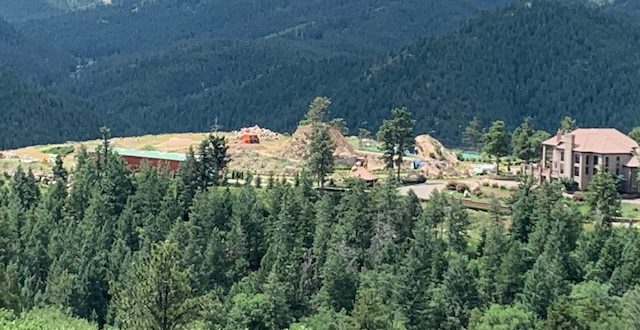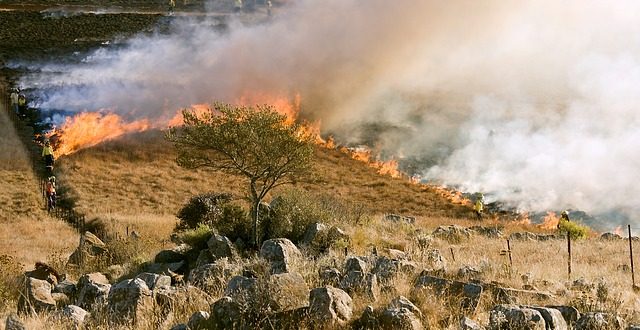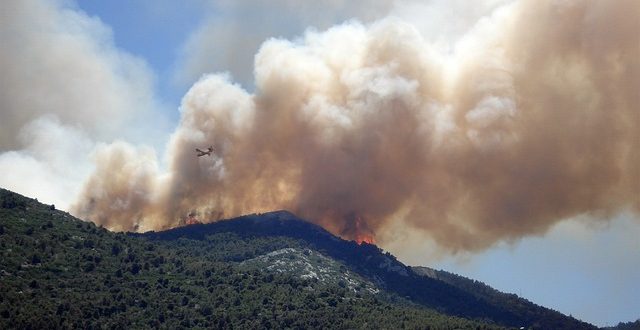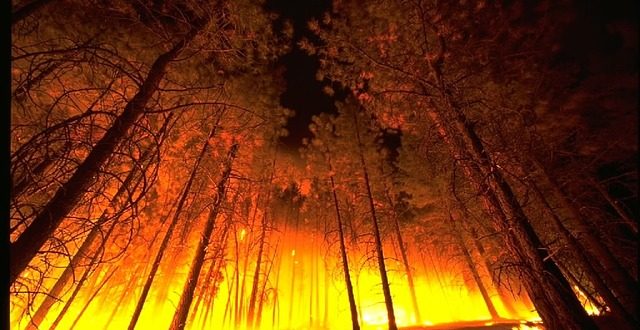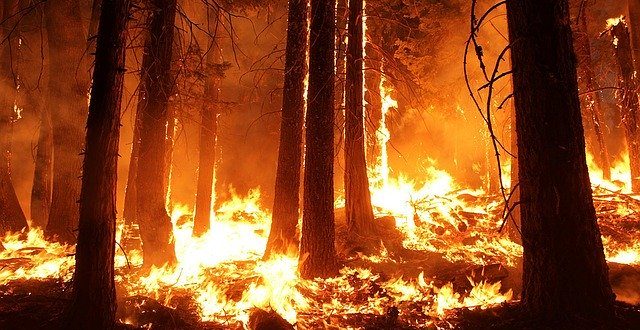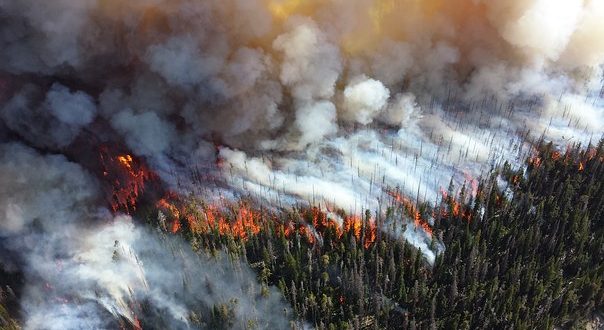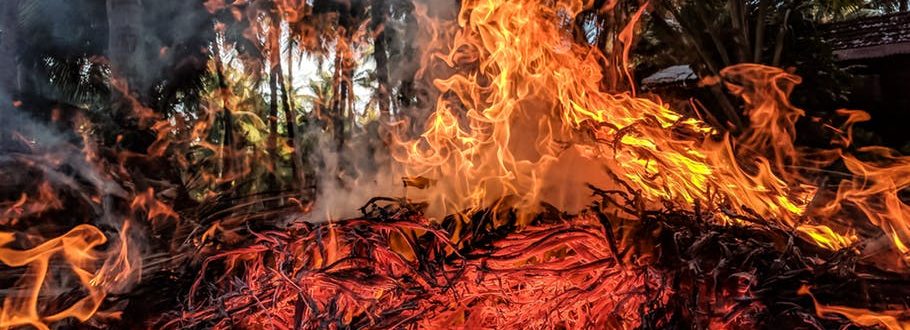To help curb out-of-control wildfires, there have been some communities adapted purposely to manage them. They’re designed in a way that puts the management and control of wildfires first. According to the United States Forest Service, these communities have an increased awareness of wildfires. They’re engaged and take actions to protect the area. The community will think carefully about infrastructure and building materials, as well as the surrounding ecosystem. It’s Not About Stopping Fire The aim of the fire-adapted communities isn’t to completely prevent fires from happening. Some wildfires are necessary. The communities are adapted in a way that makes fire part of their surrounding landscape. These fires are managed. They’re controlled to avoid damaging lives and property. Citizens are
(719) 400-9104
office@coloradomastication.com
Fire has a natural place in the world. It’s necessary for the management of the forests. Fire ecology is the process of understanding that. The History of Wildfires and Understanding In the early 20th century, there was a concern about timber, which led to the attempt to prevent all fires. However, it was soon clear that some fires were necessary. The United States had to change its campaigns, helping the public understand that some fires are important but there is a fine balance. Up to this point, the view was that all fires were harmful to nature. More people took time to study fires and learn what they mean for forestry and woods. Now it’s clear that fire helps with
Part of fire ecology is understanding fire and its interactions and uses within the ecosystem. All fires will have a severity level, which is the term used for ecologists to understand the impact one fire will have on the specific ecosystem. How do ecologists define the severity? There are a number of factors involved, but one of those ways is through the plant mortality rate. It’s important to understand the three burning levels. Ground Fires: These are the fires that will go through the rich soil. Surface Fires: These fires will burn through the dead plant material on the ground. Crown Fires: These fires burn at the tops of the trees and shrubs. In the majority of cases, ecosystems experience
Suppressing wildfires costs time and money. It also puts lives at risks, especially as unplanned wildfires grow out of control. In fact, it can cost millions of dollars for one single wildfire. It’s important for the federal government to manage the costs but also make sure the money is available to put people, wildlife, and property first. What have been the costs over the years? Where the Money Comes From The Forest Service and the Department of the Interior are responsible for funding the suppression of wildfires on a federal level. Combined, they can certainly raise the money, but it’s not always enough for the number of fires in a year. This number is routinely growing. Even when it’s just
While wildfires can start naturally, the growth of them has, in part, been due to humans. However, the prevention of them has also been linked to human involvement. Here’s a look at human involvement over the years and how it had an effect on fires. Initial Use of Fires At first, humans weren’t all that interested in fires and what they could do. The Hebrew, Greek, and Roman soldiers would use them in battles and they’d have their use for offering heat, but people weren’t interested in the uncultivated land where most of the wildfires would occur. It wasn’t until the 13th century that humans started to look at other uses of fires. This was when some of the earliest
You know all about wildfires now. Every summer, you will hear something about them and how they’re causing devastation and danger to various parts of the United States and the world. But what about the history of wildfires? How have we got to this point? The First Wildfires Wildfires aren’t happening purely due to the ozone layer and human elements. There has been a history of wildfires dating back around 420 million years ago. And that’s just the first evidence found around the Welsh Borders through plant fossils. The fires have started during the Early Devonian period and have continued throughout the Carboniferous and Late Permian period. In fact, each period has seen some sort of wildfire take place, with
Wildfires have happened since the dawn of time. They can be natural occurrences but have become more of a problem partially due to atmospheric effects. The Earth’s weather and air pollution mostly remains in the troposphere, which extends from the surface of a plant and up about six miles. This can lift in a severe thunderstorm. During large wildfires, the soot, smoke, and other particles can even lift to the lower strateosphere. What does this mean for wildfires? What are the atmospheric effects? Finding Wildfire Particles In New Places For a long time, scientists believed that the stratosphere only had particles from volcanoes. As more research has gone on, scientists have now found that emissions from wildfires and other smoke
Many of the plants within areas that are known for wildfires will survive. However, they’ve had to adapt to the climate, making sure they’re as resistant as possible while also finding ways to grow in the soil. Just how have they adapted over the centuries? The Different Ways Plants Have Adapted There are many ways a plant can adapt to life in a wildfire-prone world. The majority of them adapt physically, gaining some sort of protection against the heat that occurs during the fiery event. That being said, some will adapt to become more flammable. They help with the spread of fire naturally to help reduce the competition of those plants that can’t or haven’t adapted yet. They also adapt
We’ve seen many wildfires throughout history. People create fires and that has a direct effect on vegetation’s evolution. In areas of extended dryness, wildfires are far more common than in areas with moisture. That’s why areas in Australia, South Africa, and parts to the United States see wildfires more often than parts of Europe. Due to the increased risk of wildfires, the forests and wildlife have had to adapt and evolve. In fact, some species now even depend on wildfires to survive, reproduce, and continue to grow! Here’s a look at the ecology of wildfire. Putting Nutrients Back Into the Ground Fire burns off the material, but the nutrients from plants will be returned back to the soil. In some
We know that wildfires are dangerous. They put lives at risk and destroy communities. However, there are many other reasons to prevent wildfires in an area. They have a direct effect on climate change and the environment. The effects they have are amazing. Here’s a look at how those wildfires are doing long-term damage. A Change to the Regional Weather Patterns Have you ever wondered why some years we’ll see more severe droughts than others? Or some winters we’ll see colder temperatures? And in recent years, the summers have become unbearably hot and the winters much colder than ever before. That’s all linked to the change to the weather patterns, which wildfires are contributing towards. Because of the change in
